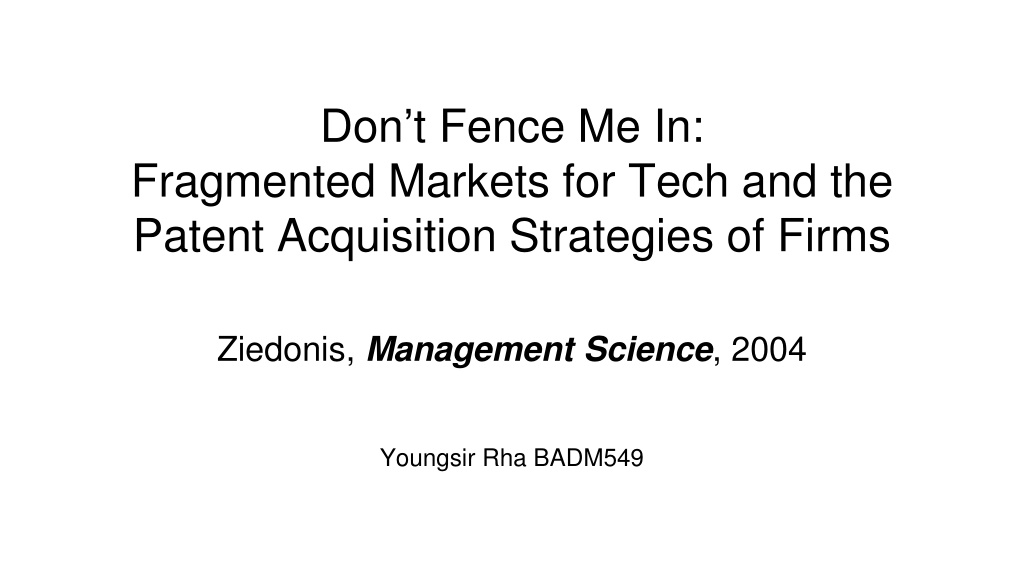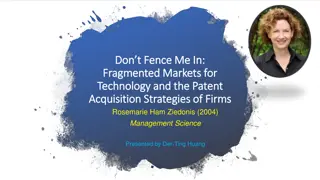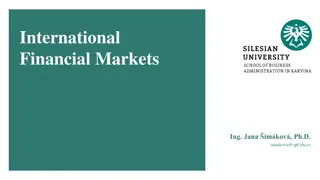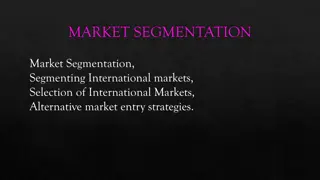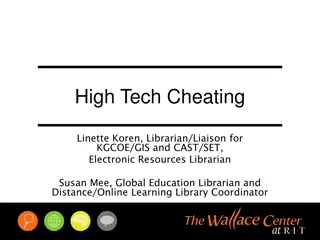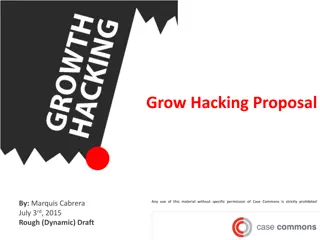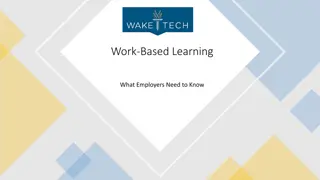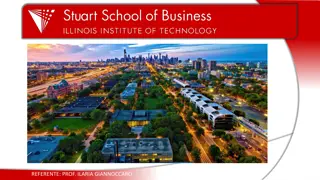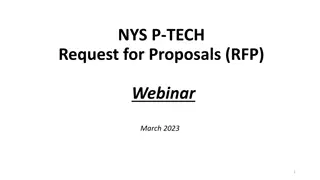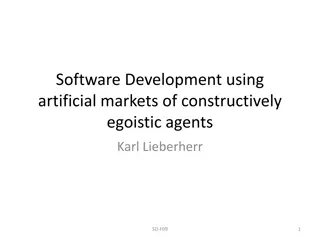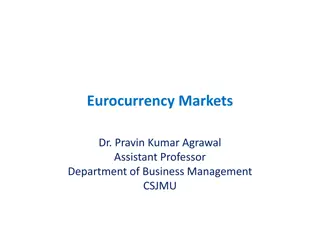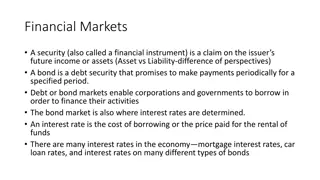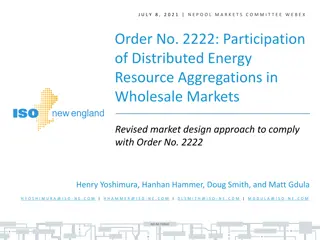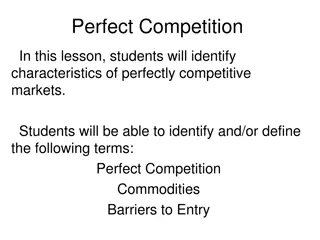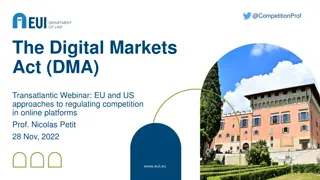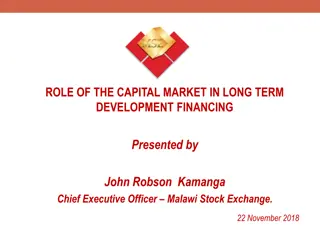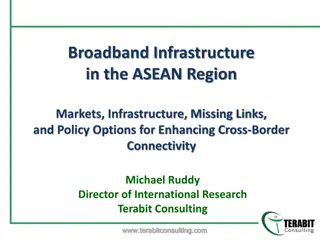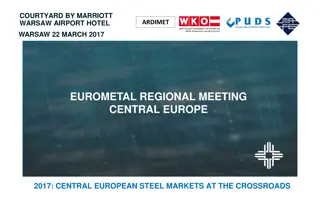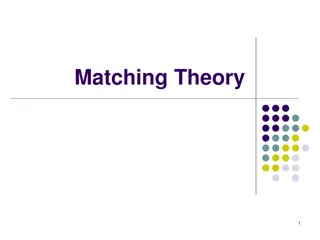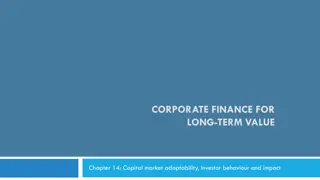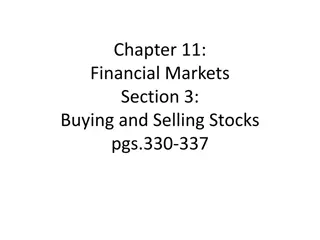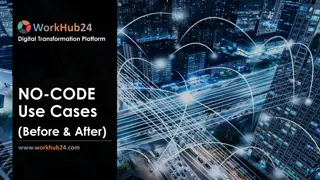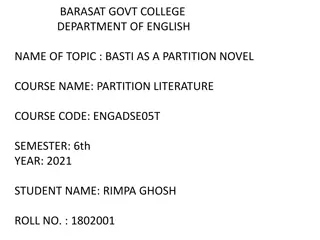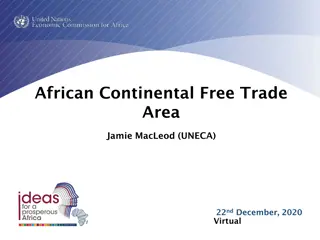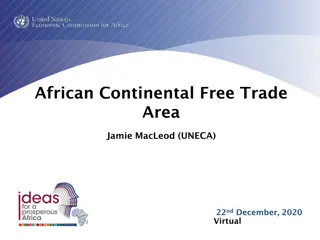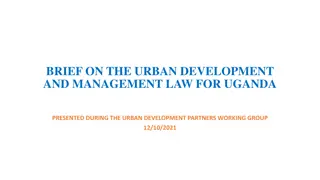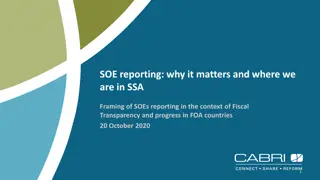Patenting Strategies in Fragmented Tech Markets
Firms navigate patent acquisition to avoid being limited by owners of patented technologies. Aggressive patenting can counter economic hold-up problems, but over-patenting can lead to market issues. Using Transaction Cost Economics and Intellectual Property studies, this paper explores how firms use patents to manage knowledge flow and negotiation challenges. Case examples and theory building illustrate the importance of patenting in safeguarding investments in new technologies.
Download Presentation

Please find below an Image/Link to download the presentation.
The content on the website is provided AS IS for your information and personal use only. It may not be sold, licensed, or shared on other websites without obtaining consent from the author. Download presentation by click this link. If you encounter any issues during the download, it is possible that the publisher has removed the file from their server.
E N D
Presentation Transcript
Dont Fence Me In: Fragmented Markets for Tech and the Patent Acquisition Strategies of Firms Ziedonis, Management Science, 2004 Youngsir Rha BADM549
What factors interact to shape the patenting behavior of firms? How do firms avoid being fenced in (limited) by owners of patented techs used? Research Question Conditions under which firms expand patent portfolios to counter the potential economic hold-up problem?
Patenting and Fencing One of the ways firms facilitate the flow of knowledge is by exercising legal rights to make, use, or sell technologies they internalize. (e.g. patenting) Excessive patenting creates a problem in the tech market. (e.g. overfencing, underinvestment in commercialization of downstream tech, and effects of dense thickets of overlapping patent claims) This paper examines the conditions under which an aggressive patenting strategy is an alternative way to avoid being fenced in by owners of tech. Uses TCE and IP studies to do so.
Hold-up Problem and Patents Hold-up problem is posed by outside patent owners when they expropriate economic rents from another. TCE: firms facing hold-up problem will either internalize transactions regarding specific assets or underinvest where the risk is high. A patent gives an exclusionary right, not an affirmative right. A firm does not own the rights to use the invention of doing so infringes on the patent rights of others. A firm may face a make AND buy decision. (e.g., Intel was sued for infringing a patent unknown to them ex ante their large investments) price of the legal rights of the patent and ex post bargaining position becomes important.
Firms that use outside inventions can safeguard their investments ex ante (e.g., joint venture or patent tools). However, the costs and delays of contracting make it impossible for firms who build on tech whose ownership is dispersed in the market. Theory Building This condition increases the value of patenting for use in ex post licensing transactions. Laws regarding patents mediate the effect.
Case Example for Theory Building Example: A semiconductor manufacturer deciding to invest $1 billion in a new fabrication facility. Assume the firm has identified 1,000 patents it believes might be infringed on in the design or manufacture of its products. However, the firm is still unsure whether these patents are valid and, if so, the effective scope of their claims. Should the firm negotiate rights to use these technologies with their respective patent owners prior to building the facility? Scenario 1: patents are all assigned to one firm Scenario 2: patents are assigned to 1,000 different entities (1) Contact the patent owner to secure a license or an alternative contractual arrangement before investing in the facility (2) Choose to invent around the patents (if possible). (3) License negotiation: reduce the per-patent cost of valuing the rights by restricting attention to the most valuable inventions (1) Seek a right to use the patented technologies from each owner, BUT with a more careful examination of whether patents are valid and possibility of getting excluded from using the invention ex post (2) Unlikely to spread the valuation costs across individual owners due to context-specific nature of the asset More reliance on ex ante solutions infeasible for the firm The distributional characteristic of the firm s external market for technology has important implications for the costs and potential delays associated with ex ante solutions.
Hypothesis 1 Expropriation risks are higher for firms with assets that are costly to redeploy to alternative uses or users Firms will more aggressively patent when rights to complementary patents are distributed in the market (beyond what is otherwise predicted). Ex ante contractual solutions are more costly (less feasible) for firms that draw on fragmented pools of external technologies.
Aggressive acquisition strategy is important when: External technology markets are highly fragmented The anticipated cost associated with being held up is large Hypothesis 2 The effect of fragmented external rights on incentives to patent (H1) will be more pronounced among capital-intensive firms (all else equal). Semiconductor industry: large sunk investments in manufacturing facilities Complexity Interrelatedness (state-of-the-art facilities) Investment decisions made years prior to a new product invention Rapid depreciation
Hypothesis 3a The effect of fragmented external rights on incentives to patent (H1) will be stronger following the pro-patent shift in the U.S. legal environment (all else equal). Implications for Patent Acquisition Strategies The role of laws in governing the strength and enforceability of patent rights The U.S. legal environment during the 1980s effectively strengthened the rights of patent owners in the United States Hypothesis 3b The interaction effect between fragmented rights and capital-intensity will be greater in magnitude following the pro-patent shift in the U.S. legal environment (all else equal). Impact of disperse outside patent rights on firm patenting behavior will be amplified
Research Setting Data: A total of 67 U.S. firms in the semiconductor-related industry during the 1980-1994 period, generating 667 observations. Why semi-conductor? Unique combination of capital and research intensity, short product life cycle magnified investment risk Innovation in this industry is cumulative. new product need to build on prior investments affects firms incentive to patent Most patents in this industry existed before U.S. legal reforms ( propatent shift) can examine if patenting strategy became more responsive to the distribution of external patent rights
Method Variables DV: the number of successful patent applications made by a firm in a given year IV: fragmentation index (FRAG), a dummy FRAG, an interaction term between FRAG and capital-intensity, and legal environment Control variables: firm size, R&D spending, capital-intensity, Texas Instruments, annual time dummies Model Negative binomial specification Expected number of patents during the year (t) for firm (i) is an exponential function of the firm s R&D spending and other characteristics. ?[?_?? ?_?? ]=?_??=exp(?_?? ?+?_?) ?_?: the average patenting across all firms, adjusting for the changing mix of firms in the sample
Results H2 H1 H3
Interactions between the internal characteristics of firms and their environments affect not only the dispossession risks posed by outside patent owners but also how firms safeguard their investments. Conclusion
Contributions Strategic motives for patenting: strategic usage of patents vary considerably even within an industry and are driven by both firm-specific and environmental factors. Provides empirical evidence regarding the determinants of patenting in semiconductors: portfolio racing was not driven by firm-level investments alone, but by the subset of capital-intensive firms using a fragmented pool of external technologies. Explores the trade-offs among mechanisms (e.g. adjusting R&D programs or using patent tools) and identify the conditions under which an aggressive patent acquisition strategy is an alternative response.
